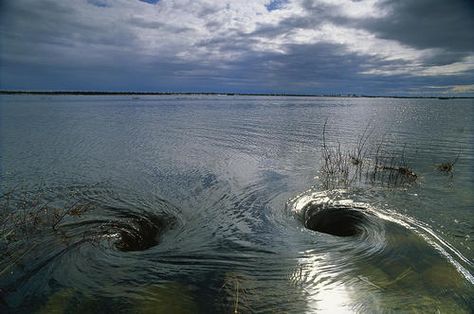|
home | what's new | other sites | contact | about |
|||
|
Word Gems exploring self-realization, sacred personhood, and full humanity
Quantum Mechanics Dr. David Bohm
return to "Quantum Mechanics" main-page
from https://www.youtube.com/watch?v=r-jI0zzYgIE Bohm: “Relativity and QM are the two most fundamental theories of matter. But they contradict each other, in the sense that relativity is local, causal, and continuous, and QM is just the opposite, it’s non-causal, non-continuous – it has discrete jumps, things not passing through the intermediate space – and it’s non-local, it has these peculiar properties of electrons connected at long distances. “So, with that absolute contradiction of the two basic theories, I said, we could try to find out what they have in common. Now, what they have in common is what I call ‘undivided wholeness.’ "The view of relativity which Einstein was pursuing was that a particle [exists in the sense] that there’s only a general field, particles are concentrated regions of field, which spread out through the universe and merge with others. “So, the particle is an abstraction, according to Einstein. There’s only a whole field which is undivided. And so undivided wholeness is what characterizes that theory. Now, QM in a very different way comes to the same thing because it says that energy exists in the form of indivisible quanta, and the entire movement of the universe is made up of unbreakable, indivisible links, which include the observer and the observed. It includes us, as well as the atom. And so relativity and QM both agree on that. “So, I said, that would be the starting point, to start from the whole, and to say, the parts are abstractions from the whole, they have no independent existence.
"Now I think you can get a simple image of that, with a whirlpool or a vortex. It looks like an entity but it isn’t, it’s just a constant pattern of movement in the water. If you put another whirlpool in the water, the two interpenetrate, they merge, and produce one new pattern, they do not produce two separate whirlpools interacting. “Now, let’s propose the atoms are that way – this is a very rough picture but it gives you an idea. The electrons, the protons, the entire universe is built that way.”
|
|||
|
|
